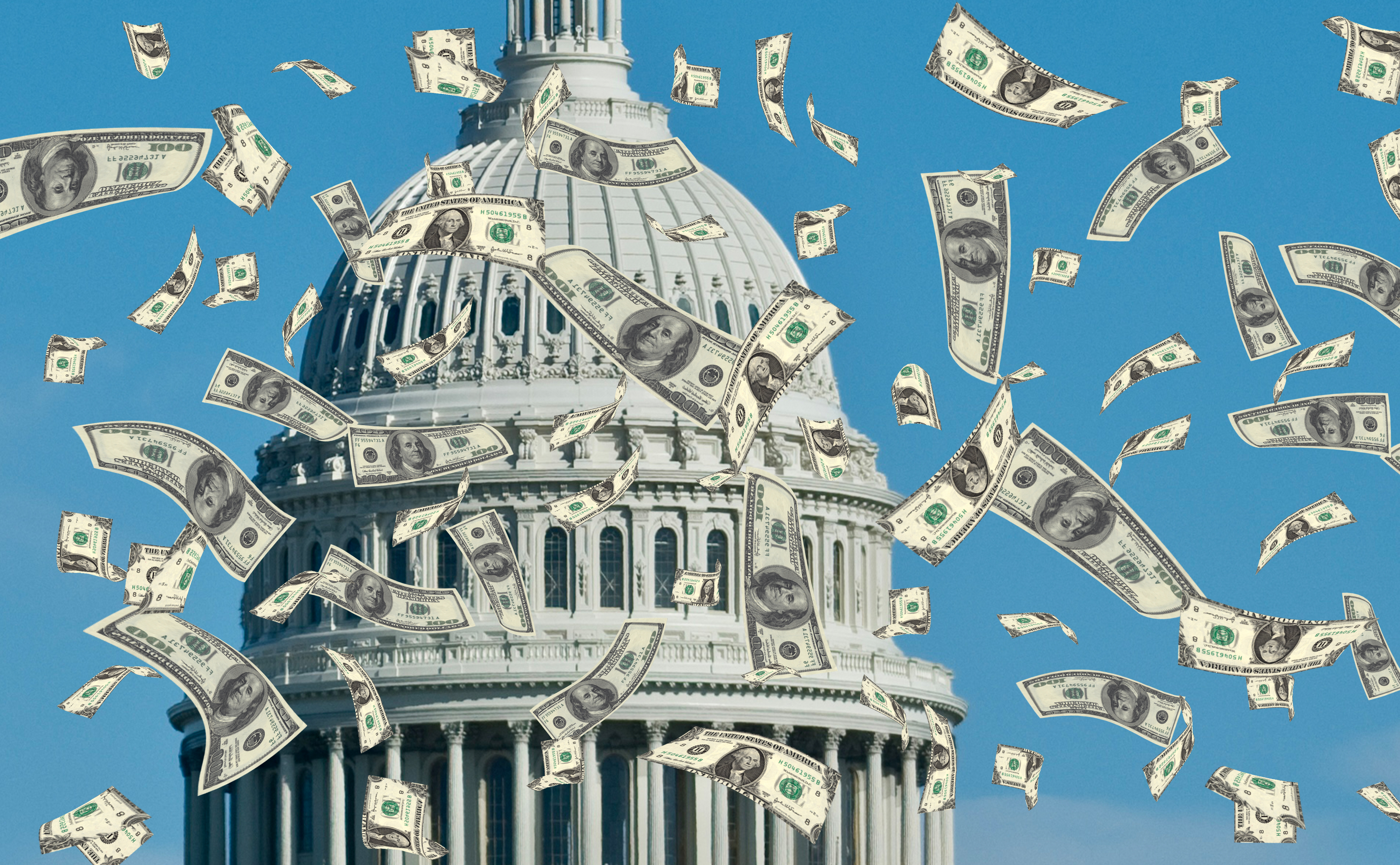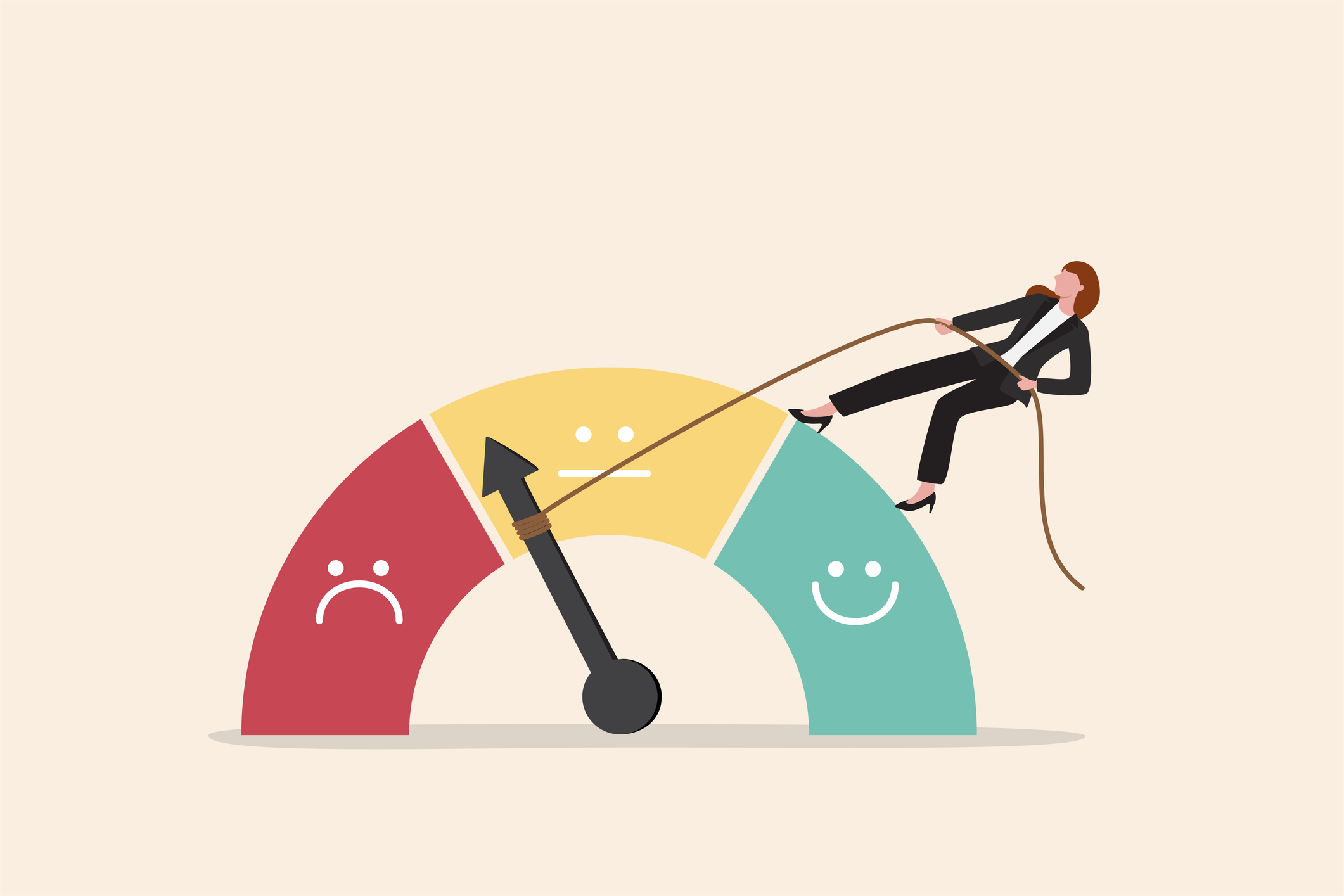10 Ways to Spend Less on Prescription Drugs
As health insurers shift more of the cost burden to consumers, the average U.S.


As health insurers shift more of the cost burden to consumers, the average U.S. worker with employer-provided coverage now pays $9,695 per year in premiums and out-of-pocket costs for a family of four – a 118% increase over the past decade, according to the Milliman Medical Index. If you buy coverage on your own, you may be spending even more.
Prescription drugs are a recurring expense that can really add up throughout the year. Insurers are increasing your share of the tab for certain brand-name drugs, and you’ll pay even more if you don’t follow strict rules such as using specific pharmacies with which insurers have negotiated discounts.
Now for some good news: You can slash your out-of-pocket spending on Rx drugs if you learn the secrets of health insurers and know how to navigate the health care marketplace. Here are 11 easy ways to reduce your drug costs right away.

Know the Rules for Prescriptions
- Many health plans are adding new hurdles that you must clear before you can get certain medications. For example, you might have to try step therapy (which requires you to try other medications first, if possible) or seek prior authorization (the insurer asks your doctor a detailed list of questions about your condition and your treatment before it will cover the drug). Understand the rules for getting your drugs covered, and get your doctor involved to help explain to the insurer why you need the medication or to file an appeal if it is denied.

Get a Prescription for Over-the-Counter Drugs
You can no longer use tax-free money from a flexible spending account or health savings account for over-the-counter drugs without a prescription (except insulin). To get reimbursed from your FSA or HSA, ask your doctor for a prescription for any medications you use regularly, such as pain relievers, allergy medications, anti-fungals and cough-and-cold medicines, says Jody Dietel, of WageWorks, which administers FSAs for employers.

Use Tools to Comparison-Shop Prescriptions
Many insurers and employers have tools that help you compare prices for your medications, showing brand-name versions, generics and therapeutic alternatives.
They also offer smartphone apps to look up the lowest-cost pharmacies before you leave the doctor’s office.

Use Preferred Pharmacies
More health plans are introducing preferred pharmacies, which cost even less than regular in-network pharmacies. For example, the Humana Walmart Rx plan for Medicare Part D charges a $1 co-payment for a 30-day supply of certain generic drugs purchased at Walmart or Sam’s Club (or a $0 co-payment through RightSource mail order), but the plan charges a $10 co-payment for the same drugs purchased at a nonpreferred network retail pharmacy. For pricier “Tier 4” preferred brand-name drugs (there are a total of five pricing tiers), you’d pay 39% coinsurance through Walmart, Sam’s Club and RightSource but 50% coinsurance at nonpreferred network pharmacies.


Switch to Generic Drugs
Generic drugs can cost as much as 80% less than their brand-name alternatives, says Aube. The lower list price makes a huge difference when you’re in the plan’s deductible period and paying the full price out of your pocket. And the coinsurance rates are usually lower, too -- often 10% to 15% of the cost for generics, 25% for preferred brand-name drugs, and 50% for nonpreferred brand-name drugs.
Some plans no longer cover certain brand-name drugs. For example, one popular health plan doesn’t cover Lipitor, which costs $180.75 for a 30-day supply of 10 mg tablets. But the generic equivalent, atorvastatin calcium, would cost $13.92 under the same plan, says Jim Yocum, executive vice-president of DRX, which provides Web-based prescription-drug comparison services to health plans and employers. You may also get a good deal on generics at certain stores, such as Walmart and Target, which charge as little as $4 for a 30-day supply of certain drugs or $10 for a 90-day supply.

Keep an Eye Out for New Generics
The patents for several popular brand-name drugs -- Celebrex, Copaxone, Nexium, Actonel and Exforge -- are scheduled to expire soon, which will open the door for drug companies to manufacture generic alternatives. "It takes some time after patents expire for manufacturers of generics to receive approval from the U.S. Food and Drug Administration, make the drug and get supplies on drugstore shelves. Litigation can also delay expected patent expiration dates," says Yocum. You can look into generic alternatives now for Cymbalta, Maxalt, Maxalt MPT, Micardis, Micardis HCT, Twynsta and Xeloda, whose patents expired recently and for which generics are on the market, says Yocum. Most insurers have Web tools or apps to help you look up generic alternatives to your drugs.

Pay for Generics Yourself
Some stores, such as Walmart and Target, charge as little as $4 for a 30-day supply of some drugs or $10 for a 90-day supply, while some insurance companies charge a $10 co-payment for a 30-day supply. “Most generic medications cost less if you don’t use your insurance,” says David Belk, a physician in the San Francisco Bay area who lists drug prices and strategies for saving money on medical expenses at truecostofhealthcare.org. Belk especially likes Costco because it has an even longer list of generic drug deals.


Get Help From Special Drug Programs
Go to the National Council on Aging’s Benefits Checkup site (benefitscheckup.org) and anonymously input basic information about your income, assets, medical conditions and drugs.
You’ll see whether you qualify for any special programs to help with drug costs, such as drug manufacturers’ patient-assistance programs for low-income patients.
Profit and prosper with the best of Kiplinger's advice on investing, taxes, retirement, personal finance and much more. Delivered daily. Enter your email in the box and click Sign Me Up.

As the "Ask Kim" columnist for Kiplinger's Personal Finance, Lankford receives hundreds of personal finance questions from readers every month. She is the author of Rescue Your Financial Life (McGraw-Hill, 2003), The Insurance Maze: How You Can Save Money on Insurance -- and Still Get the Coverage You Need (Kaplan, 2006), Kiplinger's Ask Kim for Money Smart Solutions (Kaplan, 2007) and The Kiplinger/BBB Personal Finance Guide for Military Families. She is frequently featured as a financial expert on television and radio, including NBC's Today Show, CNN, CNBC and National Public Radio.
-
 Why Playing It Safe in Retirement Is a Big Risk
Why Playing It Safe in Retirement Is a Big RiskFear of losing money could actually cost you in retirement. Find out why being too conservative with your life savings can hurt you and how to stop that from happening.
-
 Tax Refund Alert: House GOP Predicts ‘Average’ $1,000 Payouts in 2026
Tax Refund Alert: House GOP Predicts ‘Average’ $1,000 Payouts in 2026Tax Refunds Here's how the IRS tax refund outlook for 2026 is changing and what steps you can take now to prepare.
-
 What Not to Do in an Airport Lounge
What Not to Do in an Airport LoungeBefore you settle into that cushy lounge chair, skip the rookie moves that annoy other travelers and can even get you kicked out.
-
 What to Do With Your Tax Refund: 6 Ways to Bring Growth
What to Do With Your Tax Refund: 6 Ways to Bring GrowthUse your 2024 tax refund to boost short-term or long-term financial goals by putting it in one of these six places.
-
 What Does Medicare Not Cover? Eight Things You Should Know
What Does Medicare Not Cover? Eight Things You Should KnowMedicare Part A and Part B leave gaps in your healthcare coverage. But Medicare Advantage has problems, too.
-
 15 Reasons You'll Regret an RV in Retirement
15 Reasons You'll Regret an RV in RetirementMaking Your Money Last Here's why you might regret an RV in retirement. RV-savvy retirees talk about the downsides of spending retirement in a motorhome, travel trailer, fifth wheel, or other recreational vehicle.
-
 The Six Best Places to Retire in New England
The Six Best Places to Retire in New Englandplaces to live Thinking about a move to New England for retirement? Here are the best places to land for quality of life, affordability and other criteria.
-
 The 10 Cheapest Countries to Visit
The 10 Cheapest Countries to VisitWe find the 10 cheapest countries to visit around the world. Forget inflation and set your sights on your next vacation.
-
 15 Ways to Prepare Your Home for Winter
15 Ways to Prepare Your Home for Winterhome There are many ways to prepare your home for winter, which will help keep you safe and warm and save on housing and utility costs.
-
 Six Steps to Get Lower Car Insurance Rates
Six Steps to Get Lower Car Insurance Ratesinsurance Shopping around for auto insurance may not be your idea of fun, but comparing prices for a new policy every few years — or even more often — can pay off big.
-
 How to Increase Credit Scores — Fast
How to Increase Credit Scores — FastHow to increase credit scores quickly, starting with paying down your credit card debt.
